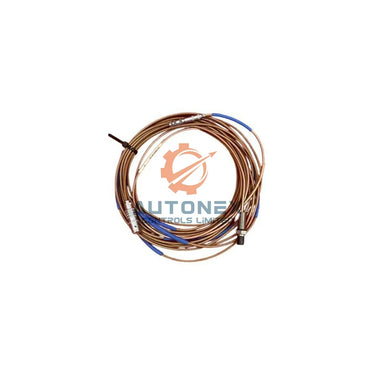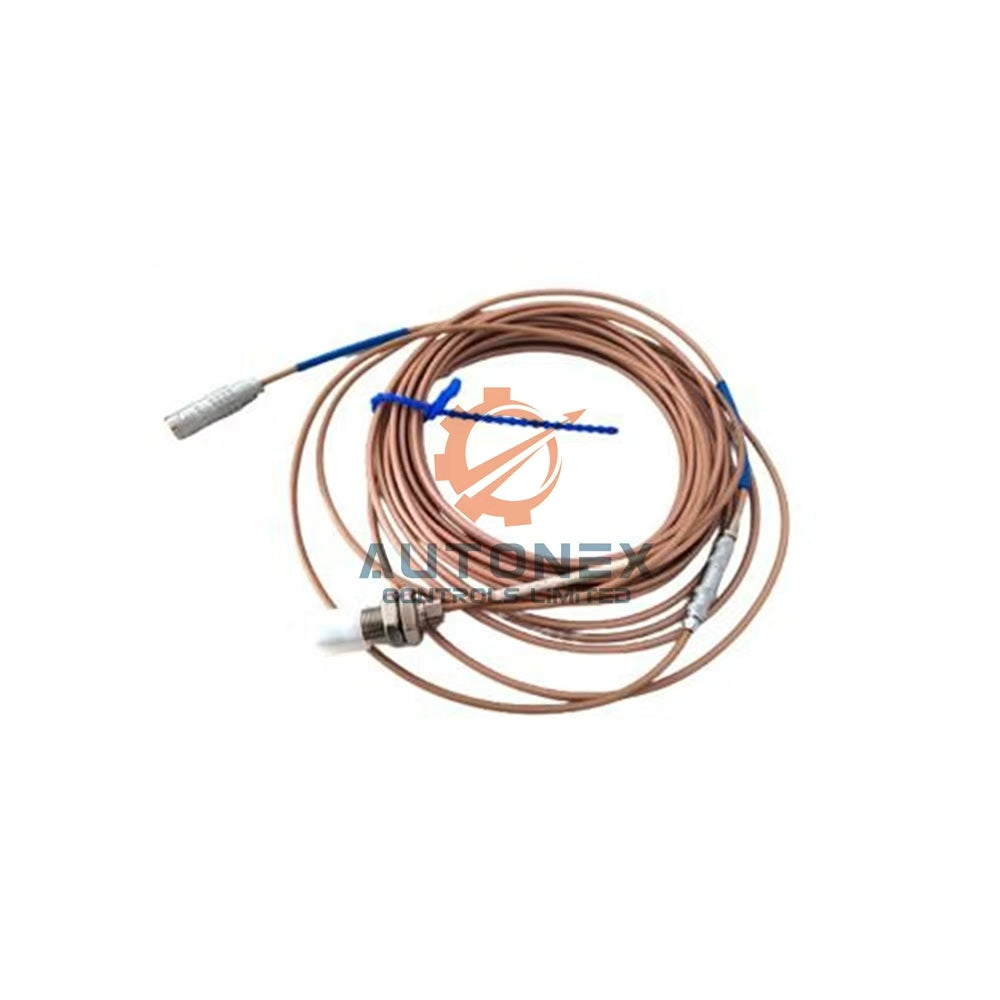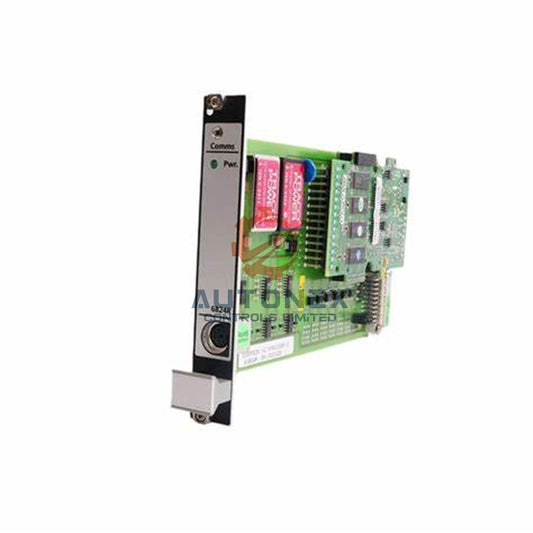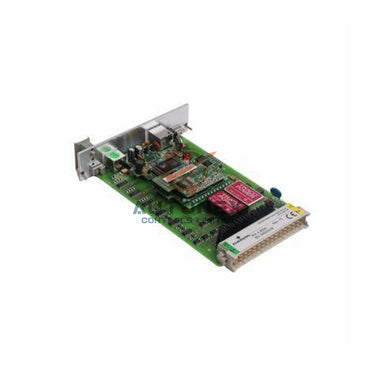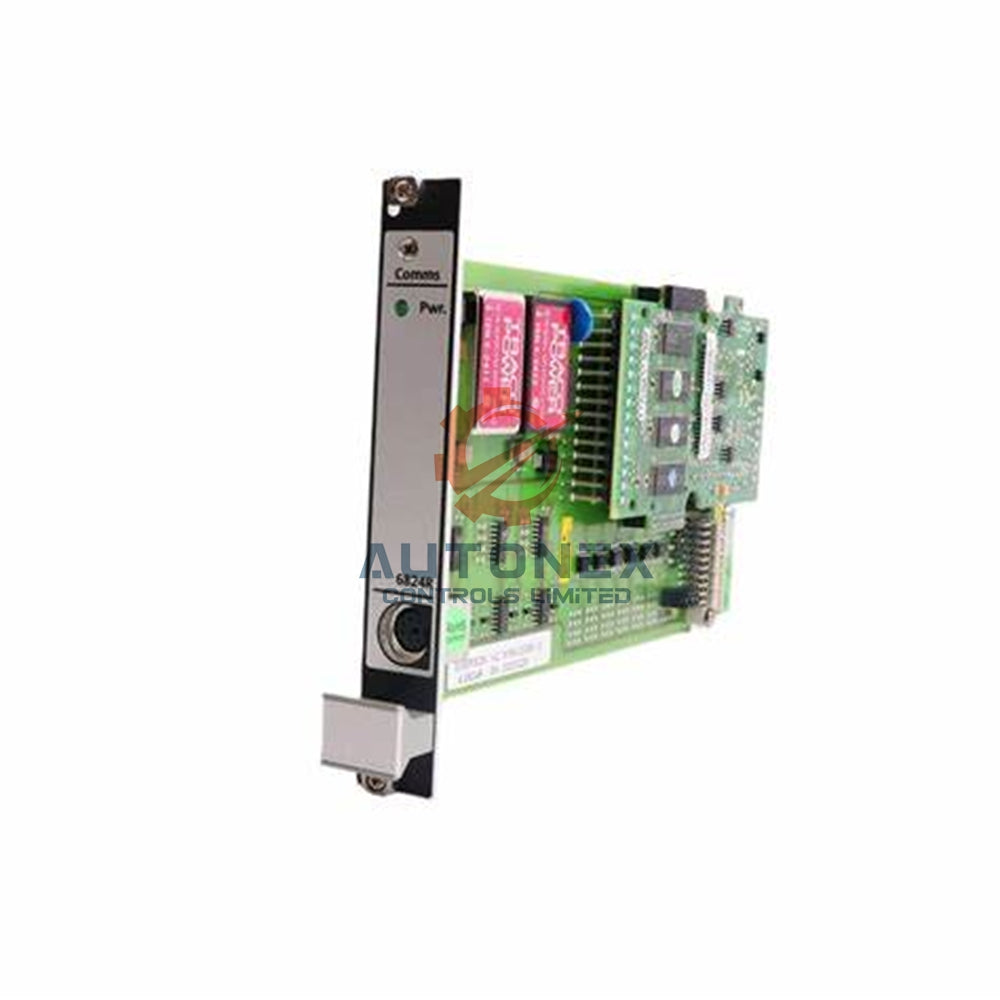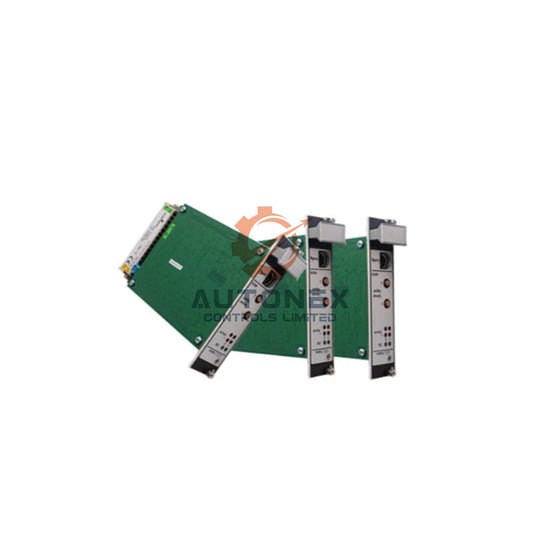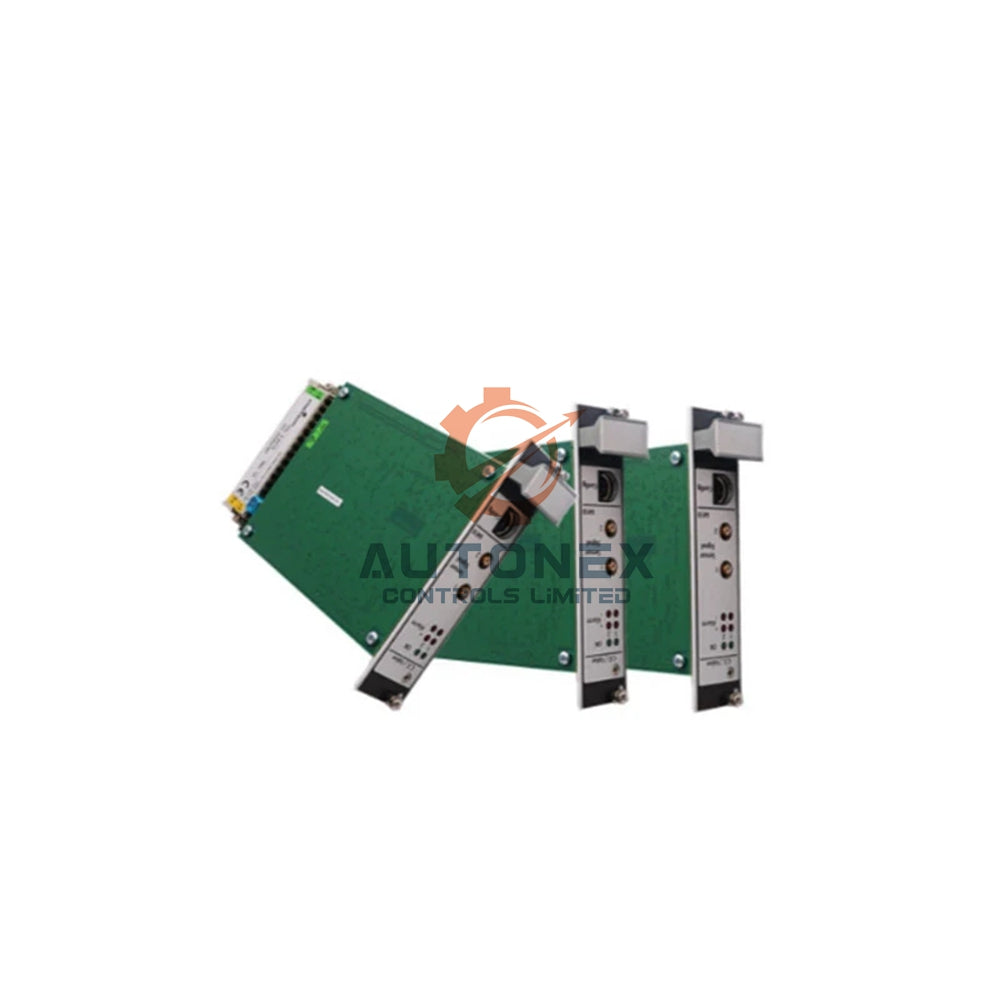Mastering Multi-Axis Control: A Deep Dive into SINAMICS S120 Motor Modules
The Engine of Modern Industrial Automation
SINAMICS S120 motor modules serve as the workhorses in industrial automation systems. They convert DC power into precisely controlled AC waveforms. This enables accurate motor control across factory automation applications. Each module delivers independent axis management for complex machinery.
Strategic Selection: Single vs Dual-Axis Configuration
Single-axis modules deliver maximum power for heavy-duty applications. They excel in high-torque scenarios like large servo systems. Dual-axis modules, however, combine two drives in one compact housing. This approach significantly reduces cabinet space requirements. Therefore, engineers must balance power needs against spatial constraints.
Precision Performance for Demanding Applications
These drive modules maintain exceptional torque stability for quality-critical processes. Their rapid response capabilities support advanced robotics and material handling. Furthermore, high-resolution feedback devices enable sub-micron positioning accuracy. The common DC bus architecture promotes energy efficiency. As a result, plants achieve both precision and sustainability goals.

Comprehensive Sizing Methodology
Proper selection requires analyzing motor specifications and load characteristics. Consider both continuous and peak current demands during acceleration. Evaluate thermal management requirements based on duty cycles. Moreover, assess environmental conditions when choosing cooling methods. This systematic approach ensures reliable operation.
Proactive Maintenance for Maximum Uptime
Regular maintenance prevents unexpected shutdowns in control systems. Clean air filters and verify fan operation during scheduled downtime. Monitor temperature trends through the PLC interface. Additionally, maintain firmware updates for enhanced functionality. Document all maintenance activities for future reference.
Expert Application Insights
From my experience implementing factory automation projects, module placement significantly impacts performance. Position motor modules close to their driven equipment when possible. This reduces cable lengths and electrical noise. Also, consider future expansion during initial system design. Planning for scalability saves considerable time and resources later.
Real-World Implementation: Automotive Assembly Line
A major automotive manufacturer deployed S120 modules across their welding station. Single-axis units powered large positioning robots while dual-axis modules operated smaller handling arms. This configuration reduced installation costs by 18% and improved cycle times. The energy-sharing capability decreased power consumption by 15% annually.
Emerging Trends in Drive Technology
Industrial automation increasingly integrates smart diagnostic capabilities. Modern motor modules now support predictive maintenance algorithms. They communicate directly with higher-level control systems through standardized protocols. This evolution enables proactive maintenance strategies and reduces unexpected downtime.

Frequently Asked Questions
What factors determine choice between single and dual-axis modules?
Consider motor size, available space, cooling capacity, and future expansion plans.
How does the shared DC bus benefit overall system efficiency?
It allows regenerative energy from braking motors to power accelerating axes immediately.
What maintenance intervals are recommended for these modules?
Inspect cooling systems quarterly and perform comprehensive annual inspections.
Can different motor types operate on the same drive system?
Yes, S120 systems can control servos, induction motors, and synchronous motors simultaneously.
How important is firmware management for system reliability?
Critical - updates often resolve known issues and enhance performance characteristics.
Check below popular items for more information in Autonexcontrol



